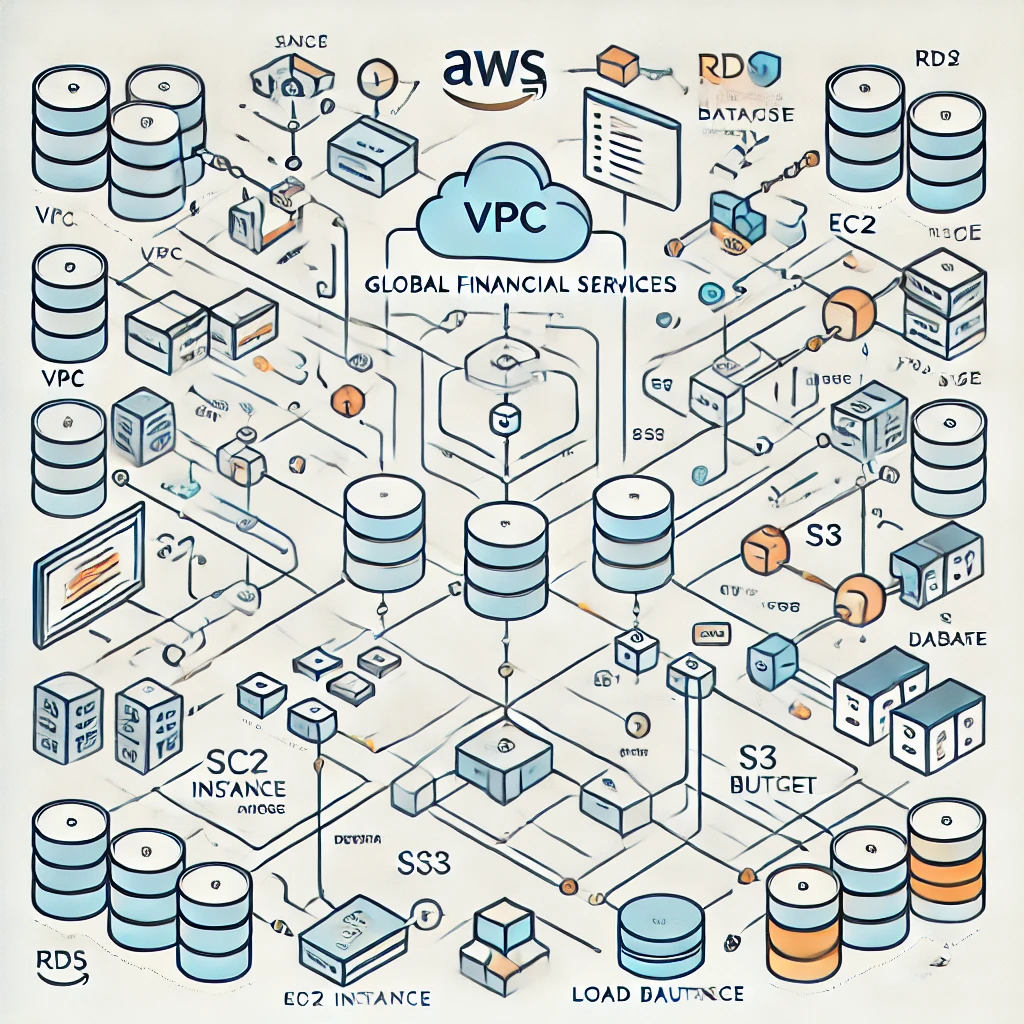The Challenge
Our client faced a complex challenge with their system's routing setup. The initial process relied heavily on on-premises services and manual configurations, making deploying changes quickly and efficiently difficult. The initial routing flow was as follows:
Initial Routing Scheme:
- Infoblox DNS -> On-Prem Load Balancer
- On-Prem Load Balancer Path Policy Rule
- Route53 -> VPC Endpoint -> API Gateway (one of two, depending on the API Gateway ID appended by the policy rule)
This setup required significant manual intervention:
- Manually initiating an automation workflow through ServiceNow to create the Virtual Service.
- Manually configuring path routing policies in the on-prem load balancer console, which appended specific headers to direct traffic to one of the two API Gateways (one for the UI and the other for the API).
The Solution
To solve this problem, we simplified the routing setup by replacing the on-premises components with a cloud-based solution.
Simplified Routing Setup:
- We replaced the on-prem load balancer with an AWS Application Load Balancer (ALB).
- Merged two different API Gateways into a single, streamlined API Gateway.
Automation with Terraform:
- Utilized Terraform, a tool for automating infrastructure deployment, to fully automate the new routing setup.
- This eliminated the need for manual configurations and made the entire process faster and more reliable.
New Routing Scheme:
- Infoblox DNS -> Route53 (for multi-region failover)
- AWS ALB -> Single API Gateway
The Outcome
The new automated routing setup provided several benefits:
- Increased Efficiency: The automated process significantly reduced the time and effort required to deploy changes.
- Reduced Complexity: By simplifying the infrastructure, we made it easier to maintain and less prone to errors, improving overall reliability.
- Cloud Integration: Moving away from on-premises services to cloud-based solutions aligned with the client's strategy to leverage modern, scalable technologies.
This resolved the initial problem of manual routing configuration and delivered additional value by simplifying the infrastructure and reducing reliance on on-premises services. It demonstrated our ability to provide innovative solutions that enhance operational efficiency and performance.
Increased Adoption
Within six months of deploying the rebuilt modules and automated onboarding tool, the company saw a dramatic increase in adoption rates. The percentage of applications using the GitHub modules surged from 25% to 89%, reflecting the success of the strategic approach
Conclusion
This case study highlights the power of innovative automation and strategic planning in overcoming complex migration challenges. We met and exceeded project timelines and goals by decoupling compliance requirements from the initial migration and leveraging advanced automation tools. The collaboration between our team and the company exemplifies the impact of adaptive strategies and technological solutions in achieving operational excellence and ensuring seamless transitions in dynamic environments.



